BLOG
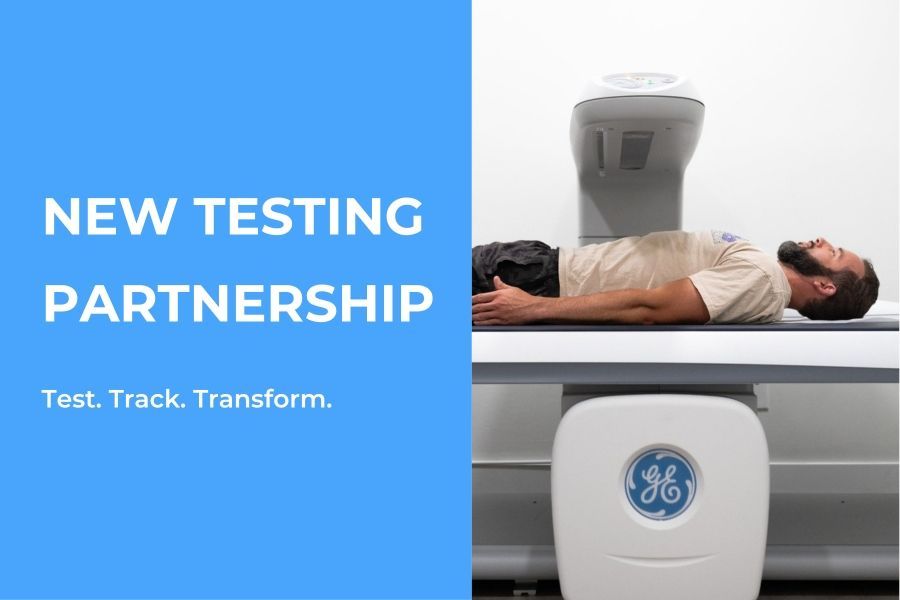
How Vitruvian’s new partnership with DexaFit Denver helps you fight bone loss, build muscle, and personalize your fitness – starting with real data. Vitruvian Fitness has partnered with DexaFit Denver to bring you three powerful tools for assessing and improving your health: the DEXA Scan , VO₂ Max Test , and Resting Metabolic Rate (RMR) Test . These aren’t gimmicks – they’re scientifically backed ways to track meaningful progress in your training. If you're in your 40s, 50s, or 60s, you're at a turning point where training isn’t just about looking better – it’s about aging better . As the saying goes, “What gets measured gets managed.” And just because that’s a relic from my corporate past doesn’t make it any less true. Like your annual bloodwork, these tests give you a snapshot of important health markers that offer direction, motivation, and a baseline to measure progress against. Here’s what each test measures: DEXA Scan – bone density, lean body mass, and visceral fat VO₂ Max Test – cardiovascular fitness and aerobic efficiency Resting Metabolic Rate (RMR) – how many calories you burn at rest (your metabolic baseline)
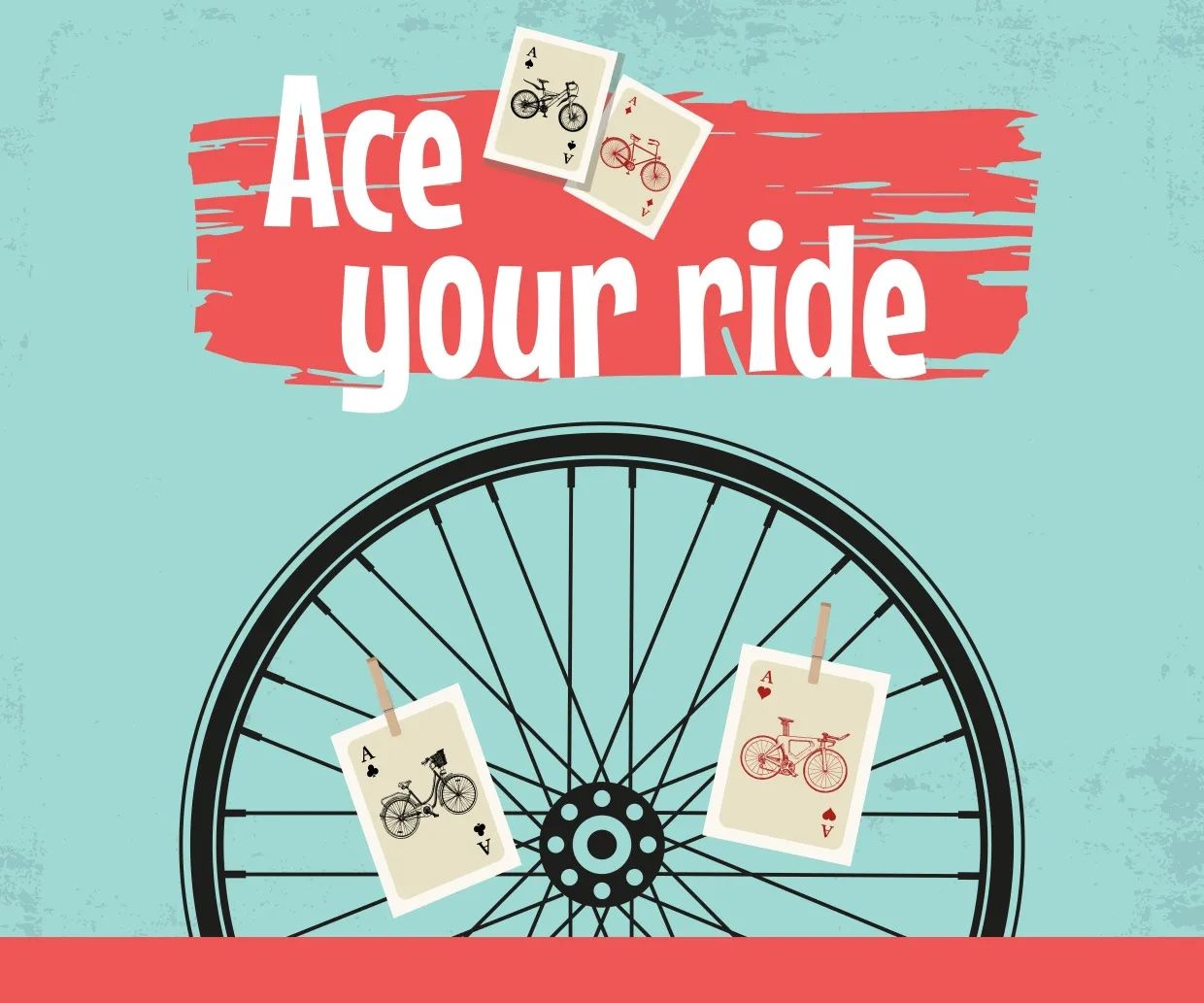
Ace your ride on Bike to Work[Out] Day! Pledge to ride, then swap a car trip for a ride on your bike in celebration of this annual event focused on reducing traffic congestion and improving air quality. Hit the trails and bike lanes to find a path that’s suited just for you. Whether you travel to the office, grocery store, school pickup or a nearby park, go all in this Bike to Work[Out] Day! The key to a successful ride is to be prepared. Here's a list of things you may want to consider: A bicycle! Bonus points for a well-tune bike! Comfortable clothing to ride in and a change of clothes to wear at work. A windbreaker or rain coat. Lights. Helmet. Water. Snacks. A safe route! Speaking of safe routes . . . the map below shows many safe options to ride your bike to Vitruvian Fitness from your neighborhood. If you would like us to create a custom door-to-door route for you, let us know!
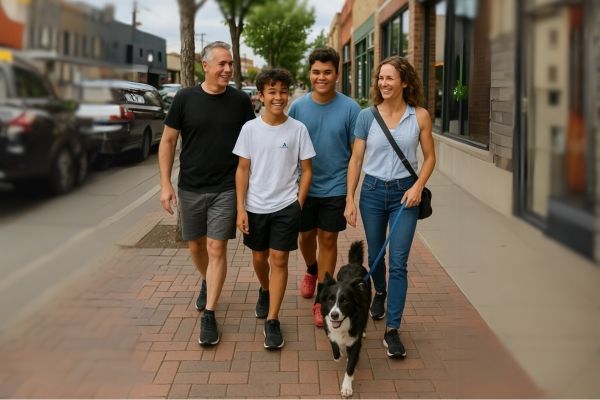
How to create a cardio habit and turn it into a cardio lifestyle. We’ve talked about why cardio matters . You’ve got a handle on tr aining zones . And you’ve seen how we program your cardio training to maximize efficiency and results. But knowledge alone doesn’t build consistency. Cardio becomes the life-changing ingredient in your life when it becomes routine. So let’s talk about how to get started and how to make it stick —even if you don’t love it, even if your schedule is full, even if you’ve tried and failed before. This article is written mostly for the dabblers . The key is to get started, keep moving, and eventually create a new identity for yourself as someone who finds joy in their daily cardio habit. And to be clear, this isn’t about becoming a pro athlete. It’s about living longer, living better, protecting your independence as you age, and showing up for the future you want.
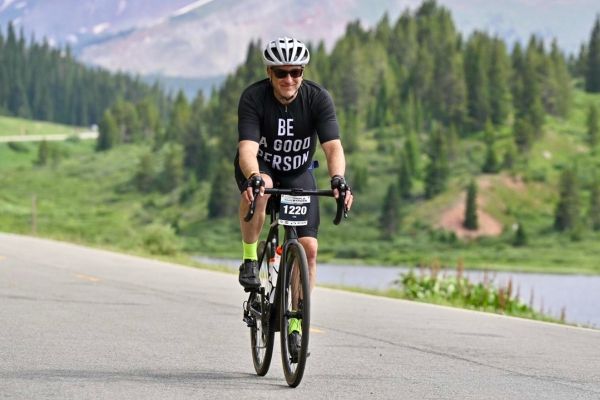
How to build a cardio plan that matches your goals—whether you're in it to win it or just want to feel 10 years younger. Nobody wants to rust out too early and yet, not everybody wants to race either. Most people fall somewhere in between. Maybe you’re not chasing a podium, but you are chasing longevity and quality of life. Or, maybe you’re not training for a triathlon, but you do like to enjoy a long hike without needing three days to recover. Or maybe you are chasing podiums, glory, and fame! In any case, that's great! In part 1 of this series, we talked about Why Cardio Matters . In part 2, we talked about gauging your effort levels by Decoding Your Training Zones . If you haven’t read those, you will find them helpful. Whether your goal is vitality , confidence , or competition , there’s a cardio plan that fits. The trick is structuring it smartly based on what your body needs and your life allows.
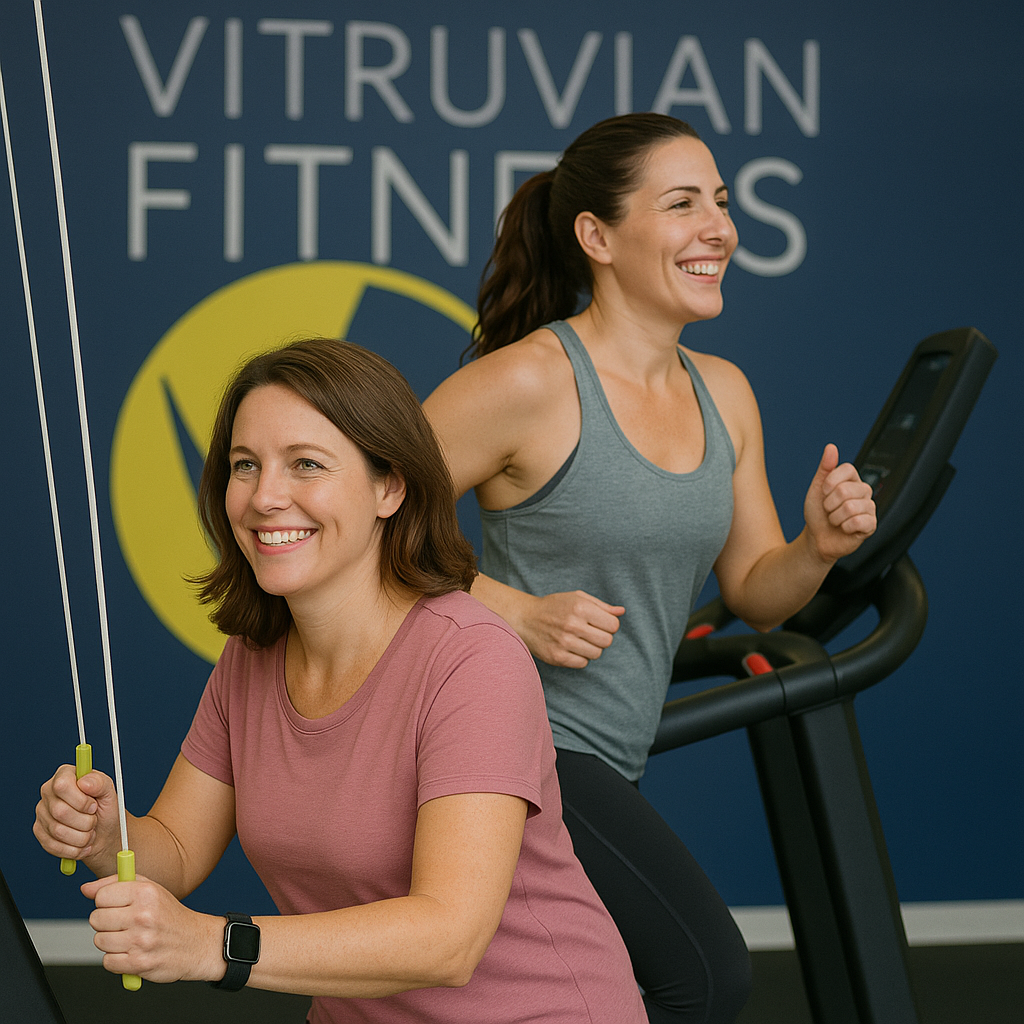
How you can train smarter to live longer, live better, and stay active and independent — maybe into your 90s or 100s. In our previous article, Why Cardio Matters , we talked about the benefits of doing cardio (like living longer) and introduced you to a few terms that might have been new: Zone 2, VO₂ Max, and lactate clearance. We also offered a general recommendation for how much cardio to do weekly. This article takes the next step: breaking down how the intensity you work at affects the benefits you get from each training session. The science of exercising is rich, complex, exciting, and overwhelming. Besides the fact that it is indeed complicated, it’s made worse by having acronyms for everything, buzzy catchphrases, and intimidating fitness personalities. This is where I’m going to try to make this easier to understand, convey why you should care, and encourage you to add cardio to your daily, weekly, monthly, seasonal lifestyles.
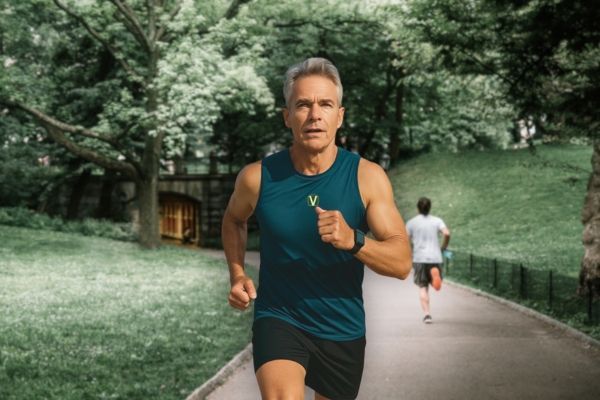
“Doing cardio.” What even does that mean? For some people, it’s hopping on the rower, bike, ski erg, treadmill, or elliptical and checking the box for however long Tom said to do it, then sneaking out before anyone asks questions. Others train for sanity. It helps manage stress, clear the mind, and release a flood of feel-good chemistry. Also in this category are people who actually just love to run, bike, swim, or play sportsball purely for the fun. And then there are those training for performance—to win races, set PRs, and push personal limits. All of this is cardio. And yet, when you zoom out and look at the data, it becomes clear that cardiovascular fitness does something that has a very measurable outcome: it extends your lifespan . And while we’ve all heard that cardio is good for your heart, most people don’t realize just how deep that benefit runs. And as in the case of so many other aspects of life, the broader public often benefits from the insights that trickle down from elite performance research. So whether you're reluctantly doing cardio or chasing a vibe, you’re tapping into the same physiological systems that turn podium-seekers into podium winners.
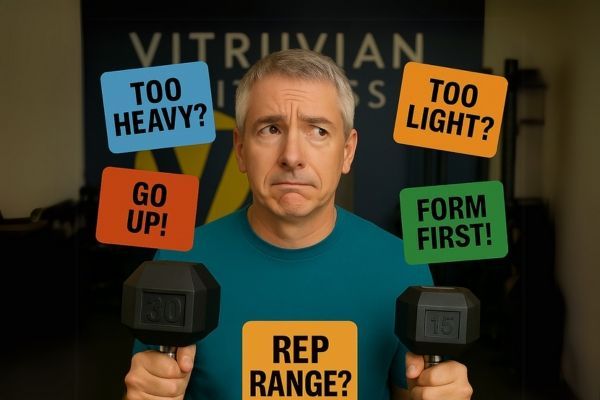
Question: “How do I select a weight for an exercise, and when should I go up?” We get this question literally several times every single day. And the answer isn't just “go heavier.” The answer is: it depends. Heavier is better—when heavier is appropriate. Sometimes you should go lighter and move faster. Sometimes you should go longer with the same weight. Sometimes you shouldn’t lift at all. Smart weight selection is about clarity, context, and responsiveness. Here’s how we think through it: 1. Is the Movement High-Quality? Before anything else, we ask: Are you doing the movement well? This is Phase 3 work— movement mastery . If you’re still learning the pattern, ironing out inefficiencies, or rebuilding capacity post-injury, weight selection should support technical precision. That means: Moving in clean lines Feeling the right muscles Owning each rep from start to finish
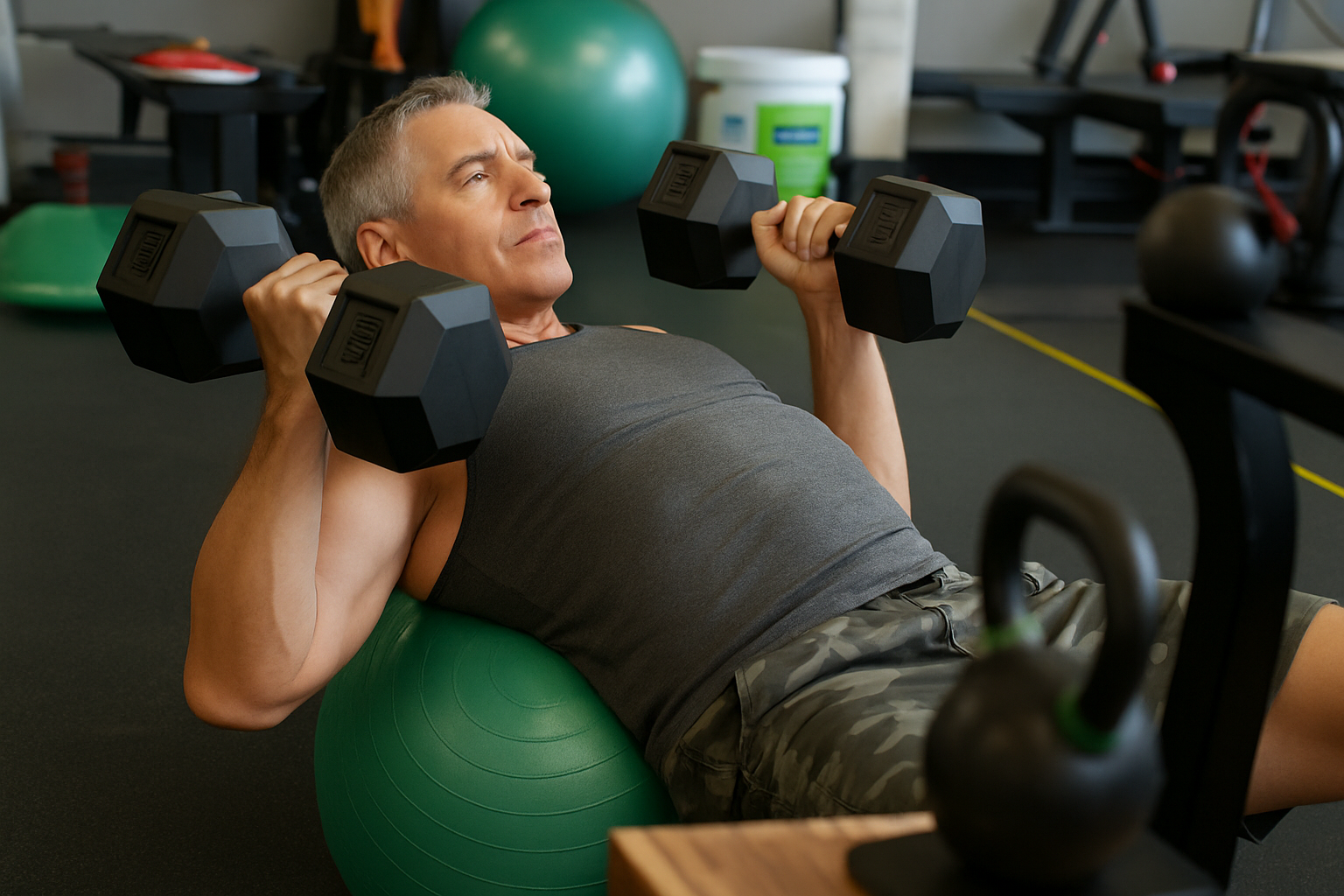
A prostate cancer diagnosis can feel like a loss of control. Treatments like hormone therapy or radiation are often necessary and effective, but they can come with side effects that chip away at quality of life — fatigue, muscle loss, weight gain, anxiety, and more. But there’s a growing body of research that points to something powerful you can control: your strength. Strength Training as a Therapeutic Tool Over the past decade, studies have consistently shown that regular, structured exercise — particularly strength training — can improve outcomes for men with prostate cancer. Here’s what the science tells us:
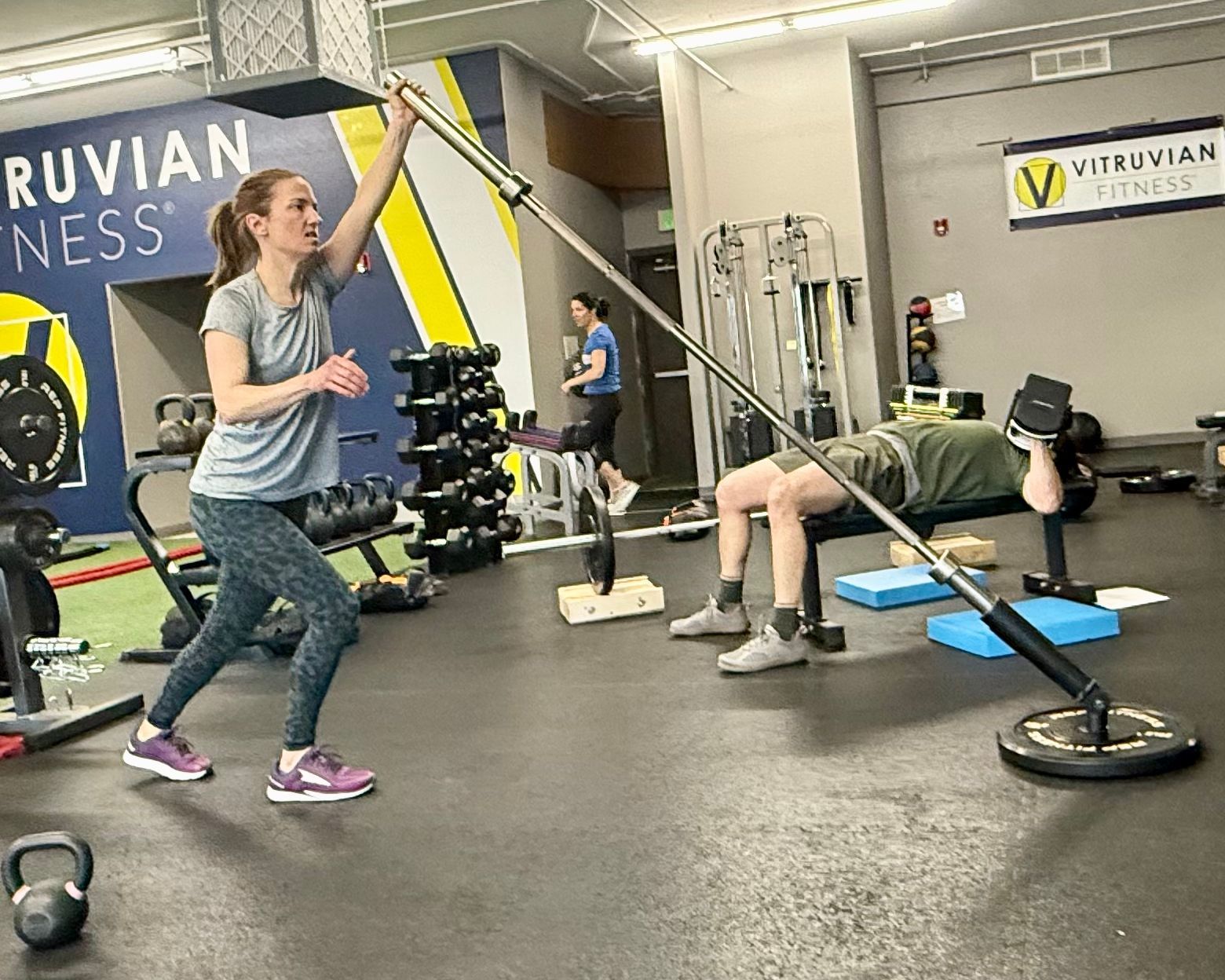
And How We Get You There In my experience as a personal trainer and strength coach, most people who walk through our doors don’t arrive with crystal-clear goals on their first day. They don’t know which muscles to train or which mobility restrictions to fix. They might know a few exercise names, but they’re unsure how to do them properly—or how it all fits into a bigger plan. But they do know one thing: They want to bridge a fitness gap and feel better about how they move and how they feel about themselves. Generally, people will tell us they want to be: Stronger—even if they can’t quite define that. More confident—even if it’s been a long time since they felt that way. More energetic and more at home in a body t hey’re proud of. Ask around and you’ll hear the same hopes over and over again: “I want to trim this midsection.” “I want to stop tweaking my back.” “I want to hike, bike, and ski without needing two days to recover.” “I want to keep up with my kids—or my grandkids.” “I just want to feel like me again.”

